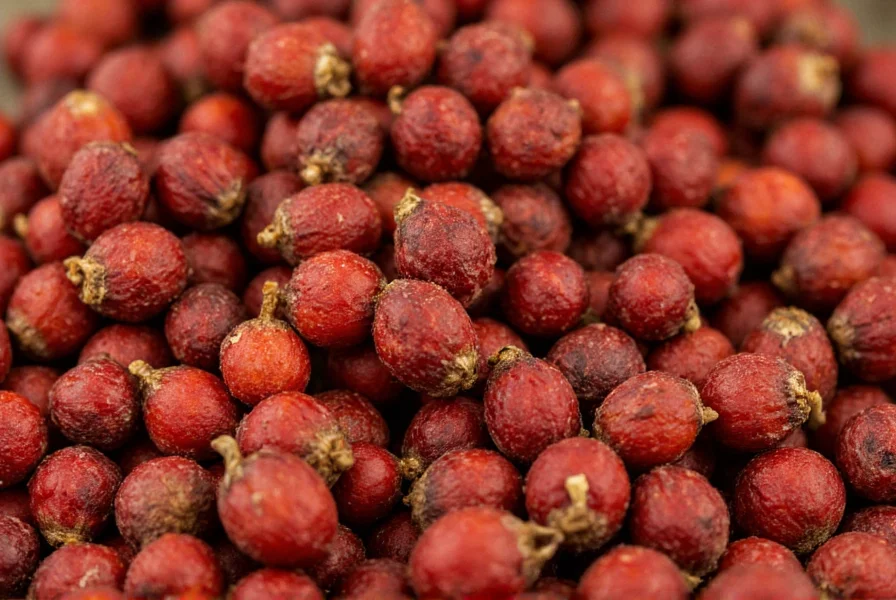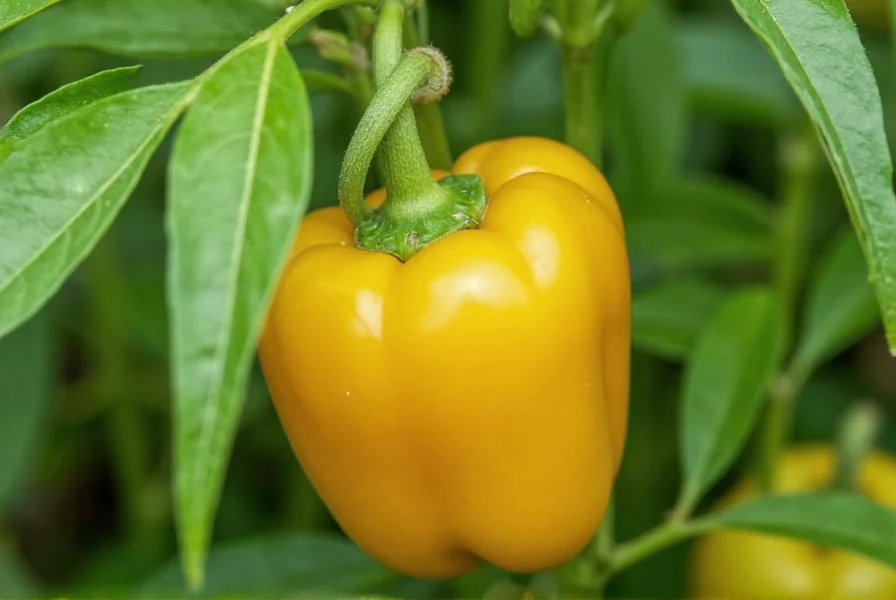Many home cooks and food enthusiasts encounter the term "lotus pepper" and understandably become confused. This misconception appears frequently in online cooking forums and recipe sites, causing unnecessary frustration when attempting to source this non-existent ingredient. Let's clarify the botanical realities and culinary facts behind this common confusion.
Understanding the Lotus Plant and Its Edible Components
The sacred lotus (Nelumbo nucifera) is an aquatic plant with significant cultural importance across Asia. While various parts of the plant are edible, none possess peppery characteristics:
| Lotus Plant Part | Edible Characteristics | Common Culinary Uses |
|---|---|---|
| Lotus root | Crisp texture, mild sweet flavor | Stir-fries, soups, pickles |
| Lotus seeds | Nutty, slightly sweet flavor | Desserts, congee, tea |
| Lotus leaves | Subtle aroma, no strong flavor | Wrapping for steamed dishes |
None of these components contain capsaicin (the compound that creates heat in chili peppers) or piperine (the compound responsible for black pepper's bite). The lotus plant belongs to the Nelumbonaceae family, while true peppers come from either Solanaceae (chili peppers) or Piperaceae (black pepper) families.
Sichuan Pepper: The Likely Source of Confusion
The most probable explanation for "lotus pepper" confusion involves Sichuan pepper (also called Chinese prickly ash). This spice comes from plants in the Zanthoxylum genus and features distinctive floral, citrusy notes that might be misinterpreted as "lotus-like" by some:

- Flavor profile: Creates a tingling sensation (ma la) rather than heat
- Botanical relation: Part of the Rutaceae family (citrus family), not related to lotus
- Common mislabeling: Sometimes incorrectly called "Szechuan peppercorns" or "lotus pepper" in non-specialty stores
Food historians suggest that the confusion may have originated from mistranslations of Chinese culinary terms. The Chinese term "huā jiāo" (花椒) refers specifically to Sichuan pepper, with "huā" meaning flower—possibly leading some to associate it with lotus flowers.
Distinguishing Between Commonly Confused Spices
Understanding the differences between these frequently mixed-up ingredients helps prevent recipe failures:

- Sichuan pepper: Small, reddish-brown husks with a distinctive floral-citrus aroma and numbing effect
- Black pepper: Small, round, dark brown to black berries from the Piper nigrum vine
- Lotus root: Large, segmented rhizome with a crisp texture and mild flavor, often mistaken for ginger
Chefs specializing in Asian cuisine emphasize that substituting these ingredients can dramatically alter a dish's intended flavor profile. Sichuan pepper's unique mouth-numbing quality serves as a fundamental component in many regional Chinese dishes, while lotus root provides texture rather than seasoning.
Practical Guidance for Home Cooks
If you've encountered a recipe calling for "lotus pepper," consider these evidence-based recommendations:
- Verify the recipe's authenticity—reputable culinary sources don't use this term
- Check if the recipe originates from Sichuan province cuisine (likely needs Sichuan pepper)
- Examine the dish's flavor profile requirements (numbing sensation suggests Sichuan pepper)
- Consult professional cooking resources for ingredient clarification
Culinary schools and professional chef associations consistently report that "lotus pepper" references typically indicate either:
- Miscommunication about Sichuan pepper in non-native English contexts
- Confusion between lotus root preparation methods and seasoning
- Marketing terminology from specialty food vendors
Scientific Perspective on the Confusion
Botanical research confirms no known relationship between Nelumbo nucifera (lotus) and any plant species producing peppery compounds. The American Society for Horticultural Science notes that:
"The chemical composition of lotus plant parts shows no significant concentrations of pungent compounds. Any association between lotus and pepper likely stems from cultural or linguistic factors rather than botanical reality."
This scientific consensus helps explain why searching for "lotus pepper" yields inconsistent results—because the ingredient doesn't exist as a distinct culinary entity.
Conclusion
The term "lotus pepper" represents a persistent culinary misconception rather than an actual ingredient. Understanding the distinction between lotus plant components and true peppery spices prevents recipe failures and enhances cooking accuracy. When encountering this term, consider whether Sichuan pepper or proper lotus root preparation methods would better serve your culinary goals. Accurate ingredient knowledge remains fundamental to successful cooking, particularly when exploring international cuisines with complex flavor profiles.
Is lotus pepper the same as Sichuan pepper?
No, lotus pepper is not a recognized ingredient, while Sichuan pepper is a distinct spice from the Zanthoxylum plant family. The confusion likely stems from mistranslations or miscommunications, as Sichuan pepper has floral notes that some might associate with lotus flowers, despite no botanical relationship.
Can I use lotus root as a substitute for pepper?
No, lotus root cannot substitute for any type of pepper. Lotus root has a mild, slightly sweet flavor and crisp texture with no peppery qualities. It serves as a vegetable rather than a seasoning. For peppery heat, use appropriate peppers; for Sichuan pepper's numbing effect, use authentic Sichuan peppercorns.
Why do some recipes mention lotus pepper?
Recipes mentioning "lotus pepper" typically contain errors or stem from mistranslations. Culinary experts confirm this term doesn't represent a genuine ingredient. The reference usually indicates either Sichuan pepper (in Chinese cuisine contexts) or represents a misunderstanding of lotus root preparation methods.
What does Sichuan pepper taste like compared to regular pepper?
Sichuan pepper creates a distinctive tingling, numbing sensation (called ma la) rather than the sharp heat of chili peppers or the pungent bite of black pepper. It has citrusy, floral notes with slight lemon undertones. Unlike regular pepper which primarily affects the tongue, Sichuan pepper affects the entire mouth with its unique mouth-numbing quality.
How can I identify authentic Sichuan pepper?
Authentic Sichuan pepper consists of small, reddish-brown husks (about 3-4mm in diameter) with a distinctive floral aroma. When tasted, it produces a tingling sensation within seconds. Be cautious of products labeled as Sichuan pepper that contain actual black peppercorns or other substitutes. Reputable Asian grocery stores or specialty spice merchants typically carry genuine Sichuan peppercorns.











 浙公网安备
33010002000092号
浙公网安备
33010002000092号 浙B2-20120091-4
浙B2-20120091-4